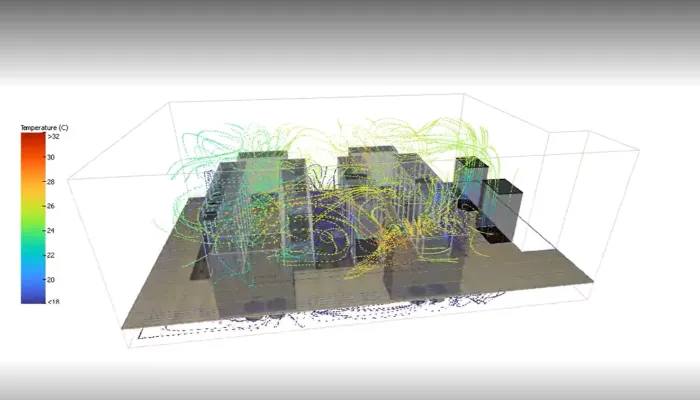Why does the price of ESCs fluctuate so much?

Energy Saving Certificates (ESCs) are an essential tool for achieving energy saving and decarbonization commitments in Spain, allowing Obligated Parties (SOs) to meet their energy efficiency quotas. This mechanism, introduced in 2023, allows companies to justify a percentage of their total contribution through energy saving projects. By 2024, this percentage has increased to 65%, representing more than 4,000 GWh. However, to date, only about 60 GWh worth of projects have been implemented in the primary market. The question is, why has the full potential not been reached?
Since their introduction, the price of CAEs has shown great volatility. At the end of 2023, prices were between €80 and €90/MWh, rising to a range of €100 -120/MWh in the first months of 2024. Currently, due to the lack of project execution, SOs are forced to contribute at a value of 182 €/MWh, which has pushed the price up to 150 €/MWh. This trend raises the need for companies to consider investing in energy saving projects before prices continue to rise in the future. Although it is uncertain what will happen in 2025, expectations are that prices could stabilize at around €120-130/MWh.
Understanding the reasons behind this volatility is crucial for companies. Especially, for those operating in energy-intensive sectors and looking to monetize their energy savings effectively.
5 key factors influencing the volatility of ESCs
1.Unbalanced supply and demand
The price of the ESCs is strongly influenced by the law of supply and demand. This is because energy saving projects have not reached the expected volume and many users do not yet trust the system. As a result, supply is low, which puts upward pressure on prices.
For example, if energy savings quotas are increased for sectors such as cement, companies will need to purchase more ESCs, increasing demand and driving prices even higher.
2.Energy policies and regulations
Energy policies and environmental regulations play a key role in ESC price dynamics. Regulatory changes, such as the introduction of new emission reduction targets or the creation of incentives for energy efficiency, can change both the demand and supply of certificates.
For example, the National Integrated Energy and Climate Plan (PNIEC) sets ambitious energy efficiency targets that increase the demand for ESCs. If these regulations become more stringent, companies will have to adapt their energy saving and decarbonization projects to comply with the regulations, which may significantly impact the market for ESCs.
3.Technological innovation
The emergence of new energy efficiency technologies is another factor affecting the price volatility of ESCs. More advanced technologies allow for greater energy savings, which, in theory, should increase the supply of certificates. However, in practice, the adoption of these technologies by companies has been slower than expected.
Currently, there are many technologies to improve energy efficiency and advance in decarbonization. From CIRCE, as a technology center, we accompany companies to identify and adopt these technologies, helping them to carry out energy audits, innovations in the field of energy efficiency and consumption reduction, industrial decarbonization, strategic support in biomethane and digestates production projects, among other services.
4.Overall economic conditions
Fluctuations in the global economy also have a significant impact on the market for ESCs. During periods of recession or economic uncertainty, companies tend to delay or reduce their investments in energy efficiency projects, which directly affects the supply of certificates. Also, factors such as changes in energy prices or exchange rates can alter the costs and benefits of these projects, affecting the profitability of the ESCs.
5.The impact of the secondary market
The secondary market for ESCs adds an additional layer of volatility to prices. In this market, certificates can be bought and sold, which opens the door to speculation. If market players anticipate an increase in future demand, they can buy large volumes of ESCs and stockpile them, reducing the available supply in the short term and driving up prices.
A good strategy is the key to making the most of opportunities in the ESC market.
For intensive industries, understanding these factors and anticipating their effects is essential to maximize the benefits of energy efficiency projects and the monetization of savings through ESCs.
CIRCE - Centro Tecnológico is already helping companies to develop cost-effective and efficient strategies, taking into account energy saving opportunities and their specific context and needs, that will allow them to meet their objectives while taking advantage of the benefits of ESCs.
Latest news






.jpg)
